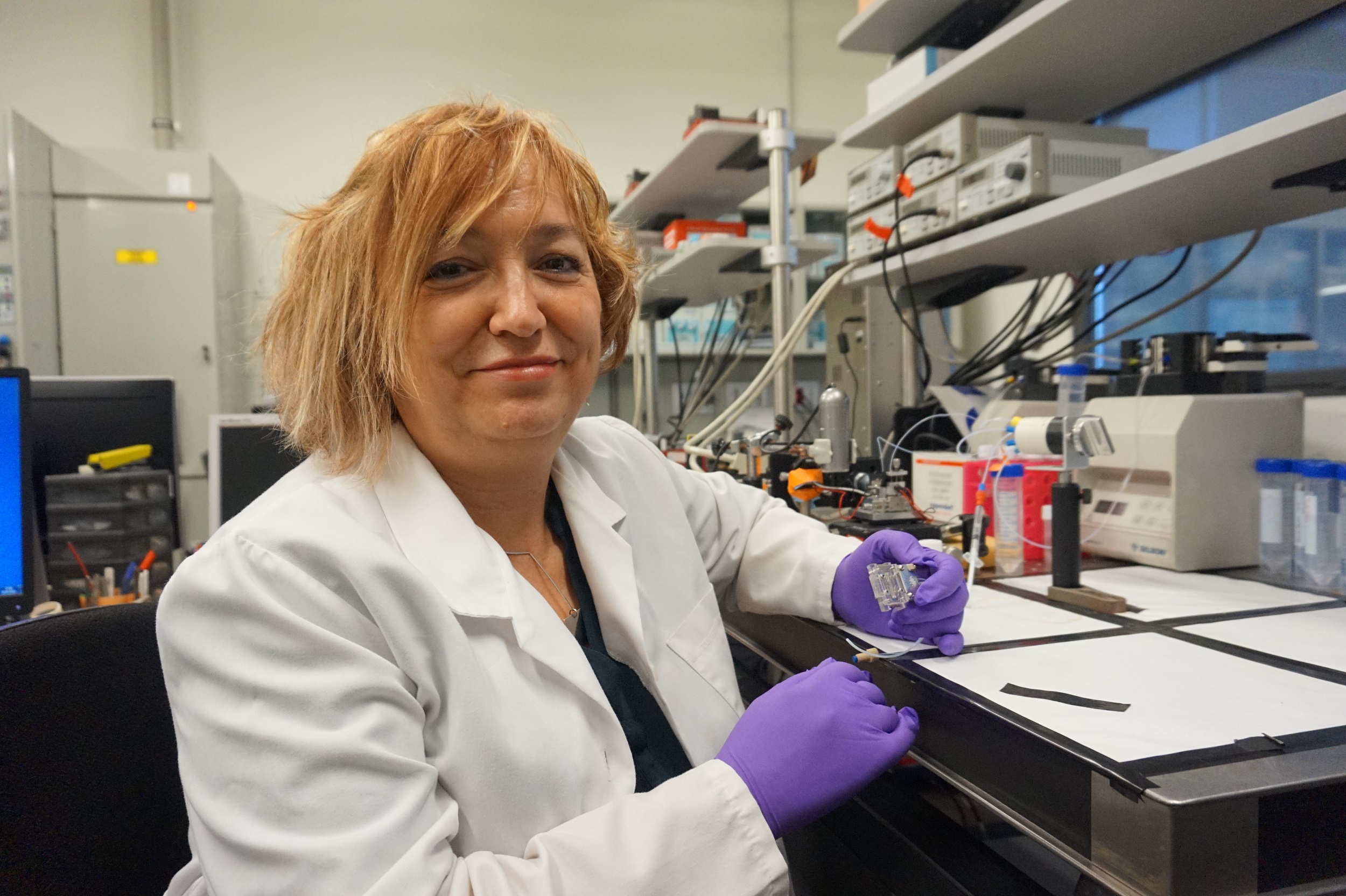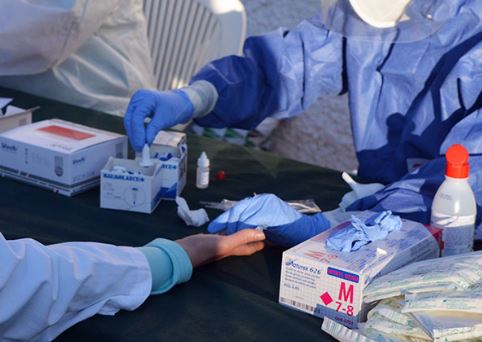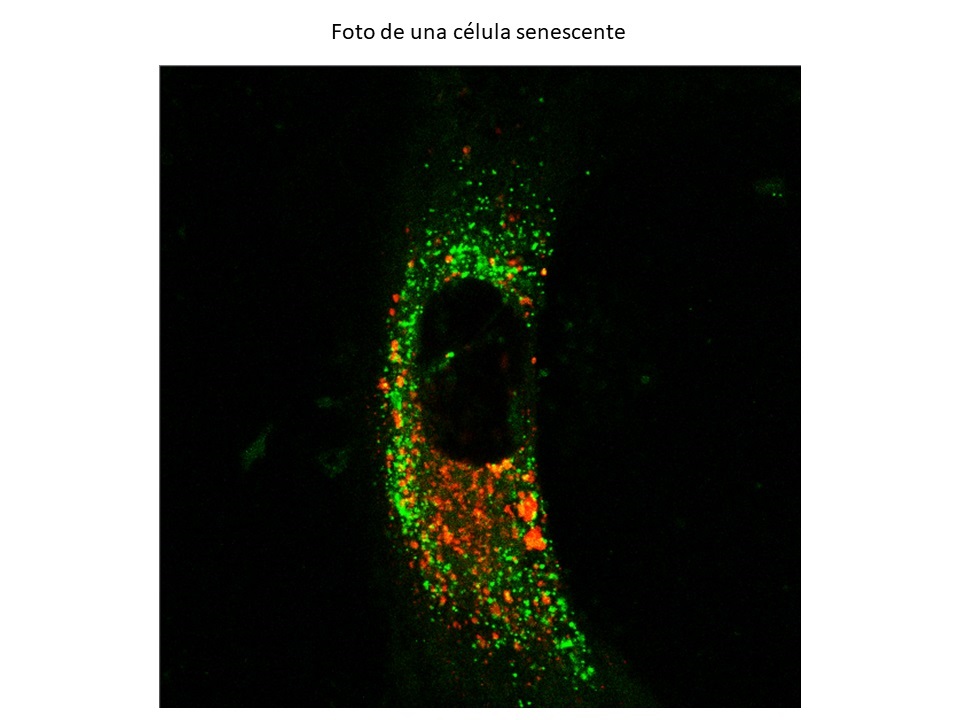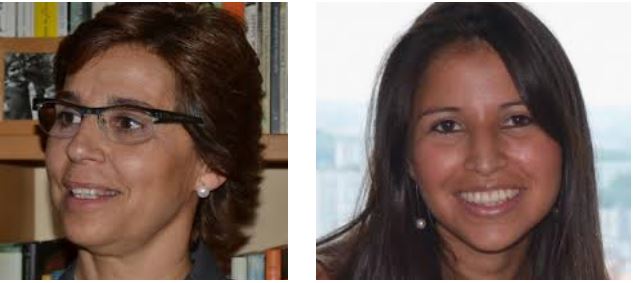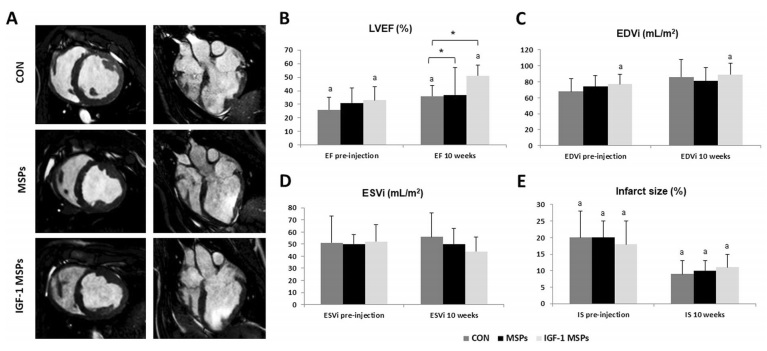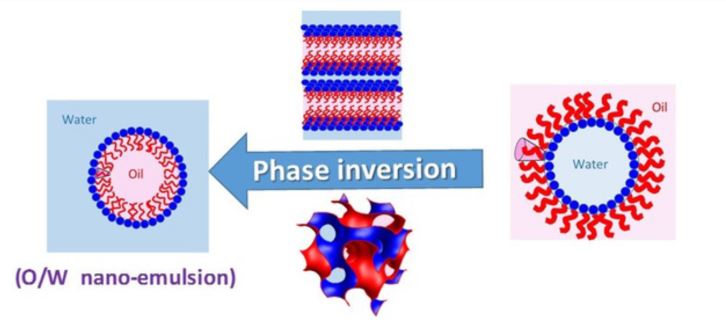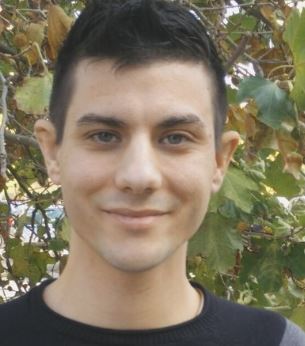Neurocardiac Oscillation in Repolarization and Cardiac Arrhythmias
David Sampedro and Esther Pueyo, from NANBIOSIS Unit 27 High Performance Computing (CIBER-BBN, I3A-UZ) have conducted a research about Neurocardiac Oscillation in Repolarization and Cardiac Arrhythmias.
Recent studies in humans and dogs have shown that ventricular repolarization exhibits a low-frequency (LF) oscillatory pattern following enhanced sympathetic activity, which has been related to arrhythmic risk. The appearance of LF oscillations in ventricular repolarization is, however, not immediate, but it may take up to some minutes.
This study seeks to characterize the time course of the action potential (AP) duration (APD) oscillatory behavior in response to sympathetic provocations, unveil its underlying mechanisms and establish a potential link to arrhythmogenesis under disease conditions
The conclussion was that the time course of LF oscillatory behavior of APD in response to increased sympathetic activity presents high inter-individual variability, which is associated with different expression and PKA phosph
Computations were performed by ICTS NANBIOSIS
Article of reference:
David Adolfo Sampedro-Puente, Jesus Fernandez-Bes, Norbert Szentandrássy, Péter Nánási, Esther Pueyo. Time Course of Low-Frequency Oscillatory Behavior in Human Ventricular repolarization Following Enhanced Sympathetic Activity and Relation to Arrhythmogenesis” published in the scientifiec journal. Front. Physiol., 14 January 2020 | https://doi.org/10.3389/fphys.2019.01547










